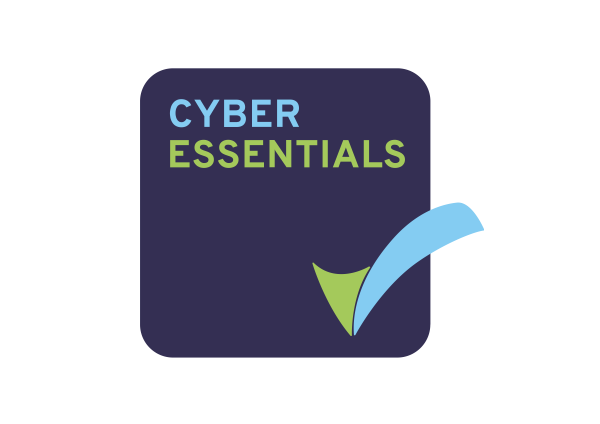Latest from our business, security
and technology blog
Search the blog:
Passwords: Can we live without them?
For thousands of years, passwords have been used as a means of authentication; a way in which people could be confident that security was maintained.
Windows Server 2008 R2 Approaching End of Life
Are you still using Windows Server 2008 R2 within your business IT environment? If so, it’s time to start planning a migration strategy as the server technology approaches its end of life.
Advancing Your IT Strategy: How to Identify Critical Vulnerabilities and Points of Failure
In a recent blog, we looked at the five steps required to develop an effective IT strategy. In this article, we will take a deeper look into one of these key stages: how to identify critical vulnerabilities and points of failure.
The Five Vital Components to Think About When Creating a New IT Strategy
Developing an IT strategy can be a daunting task to start, especially if you’ve not done it before. Our new guide helps to demystify the process and offers a five-step approach to help you to get it done.
The IT Lifecycle and 5 Signs that it’s Time to Upgrade Your Technology
When you’re starting out, smart tech purchases can often end up at the bottom of your list of priorities. But depending on how much you care about office atheistic, you can either end up overspending on beautiful technology, or buying the most cost-effective computers which your business will have...
Why shrewd companies are getting tested and certified for Cyber Essentials
It’s tempting to see the UK Government’s new Cyber Essentials scheme as not worthy of investigation if you’re an established organisation with good IT systems in place. But our experience as an IASME Certification Body has taught us that this isn’t always the case.
5 Key Considerations When Implementing Change
Every office has at least one - the employee who is consistently resistant to technological change. So, how can you find a balance between championing your employees’ ability to think critically without having them fight with management every time you want to improve a process?
Why IT Cannot Be a Reactive Activity
So much of the IT activity we all undertake is reactive – often it takes a malware attack to prompt us to upgrade our security software or a broken hard drive to make us think seriously about backups. Which is exactly why your IT approach shouldn’t be reactive.
How Big (or Small) Does Your Organisation Need to Be to Need an IT Strategy?
How big does an organisation need to be to make an IT strategy necessary? Is your organisation too small to need one? Grant McGregor answers your questions.













